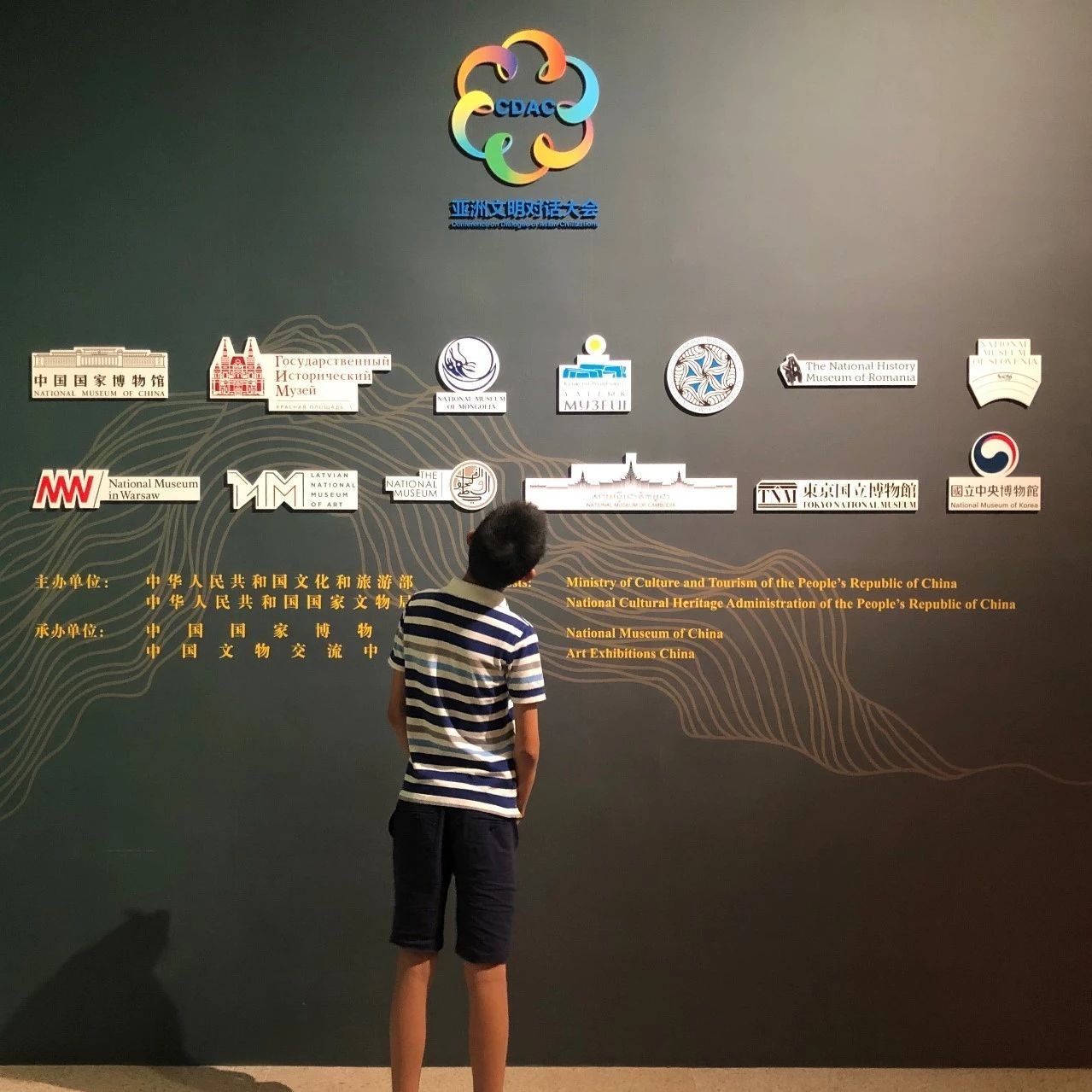Read History with Jack 28 - "Sharing a Common Future"
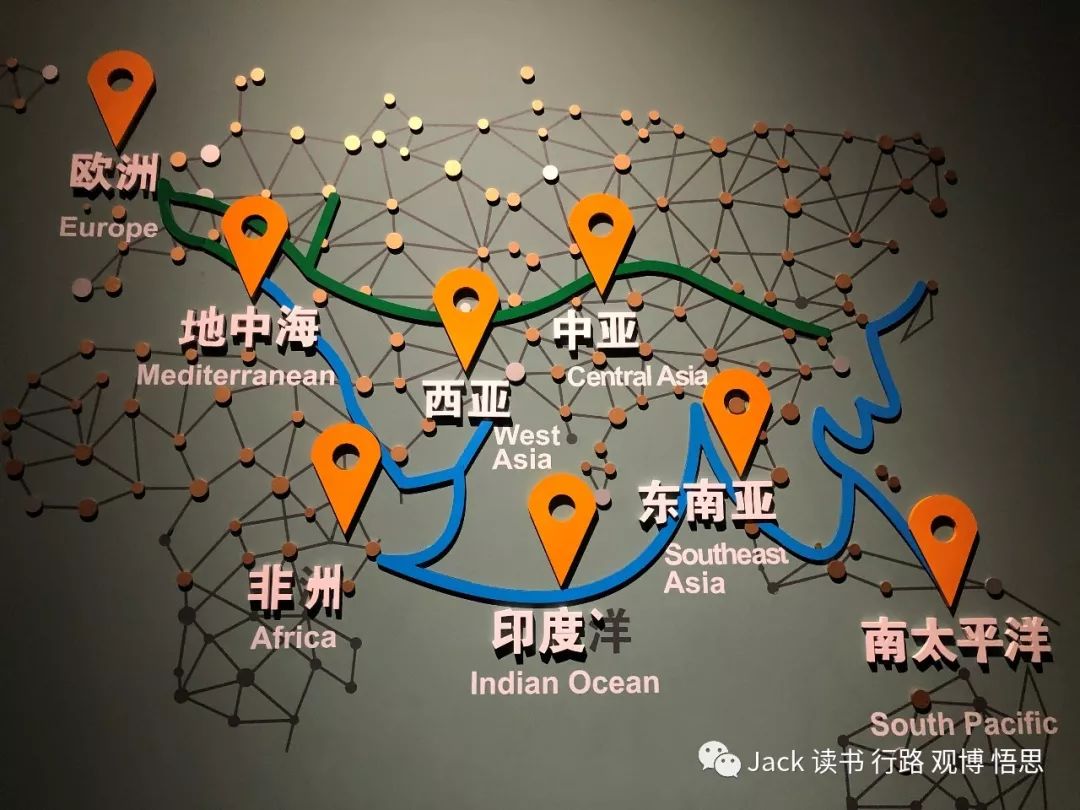
Recently, I visited an exhibition in the National Museum of China about the Silk Road called “Sharing a common future. The Silk Road is a trading route both on land and sea. It connects Africa, Asia, and Europe together through frequent trading and communication. It is not only items or materials that countries trade with each other but also their unique cultures.
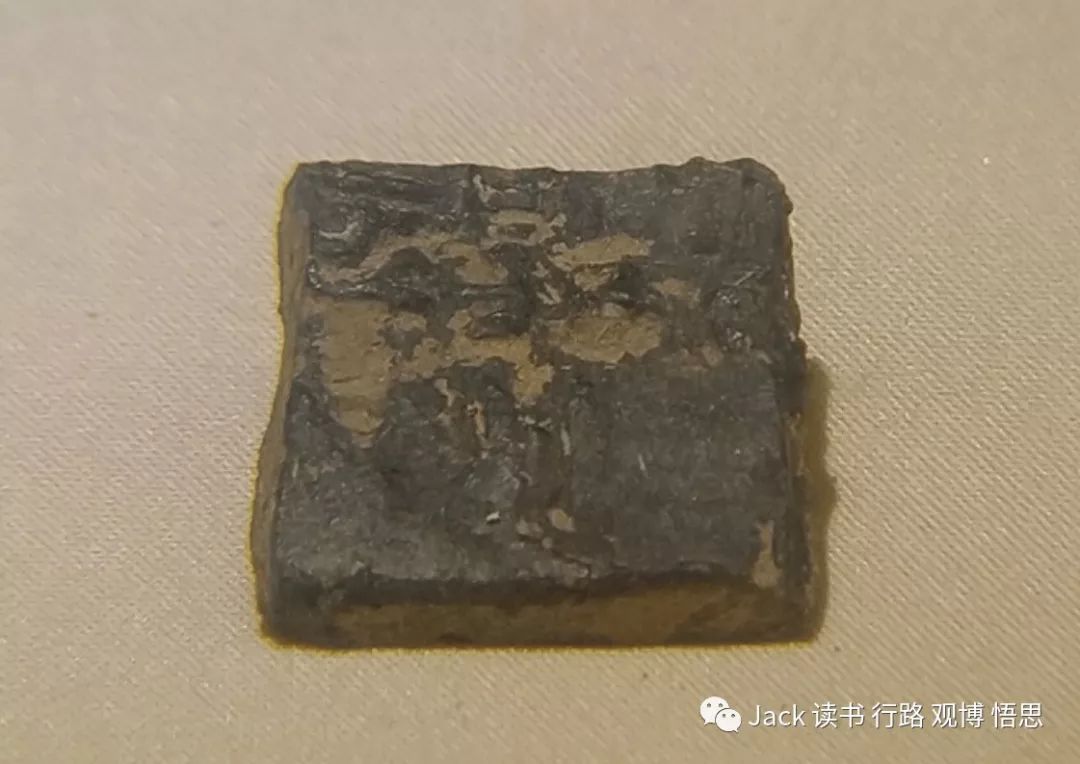
The Seal of Zhang Qian
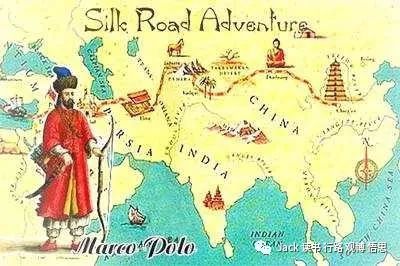
Our ancestors long before already began to explore and venture into the west to freely trade with other countries. In this exhibition, there is an item on display called “The Seal of Zhang Qian”. Zhang Qian was the famous person from the Han Dynasty who first went into the unknown west. His first trip began in 138 B.C.E, more than two thousand years ago, even though he was captured and couldn’t return to his home for many years. But I admire his spirit to discover new things and to leave the safe country behind and go into the unknown. Marco Polo from Europe is a good example as well. According to his book, he actually arrived in China during the Yuan Dynasty and witnessed the grandeur of the country. He was a courageous explorer who craved to learn and find new things and he, brought the Chinese culture into Europe.
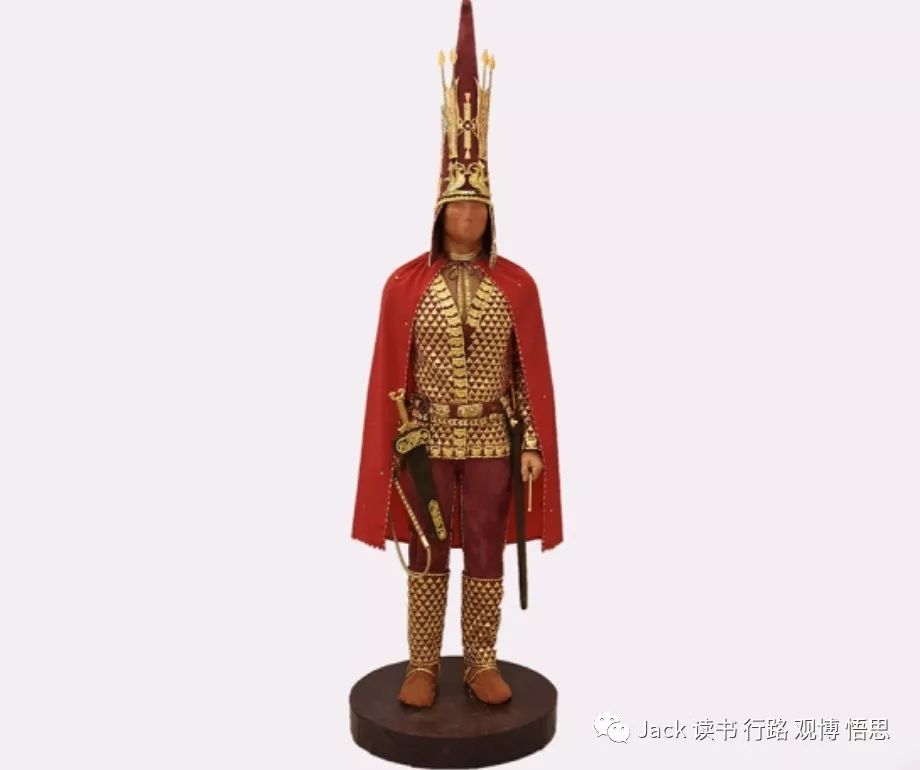
The Gold Man
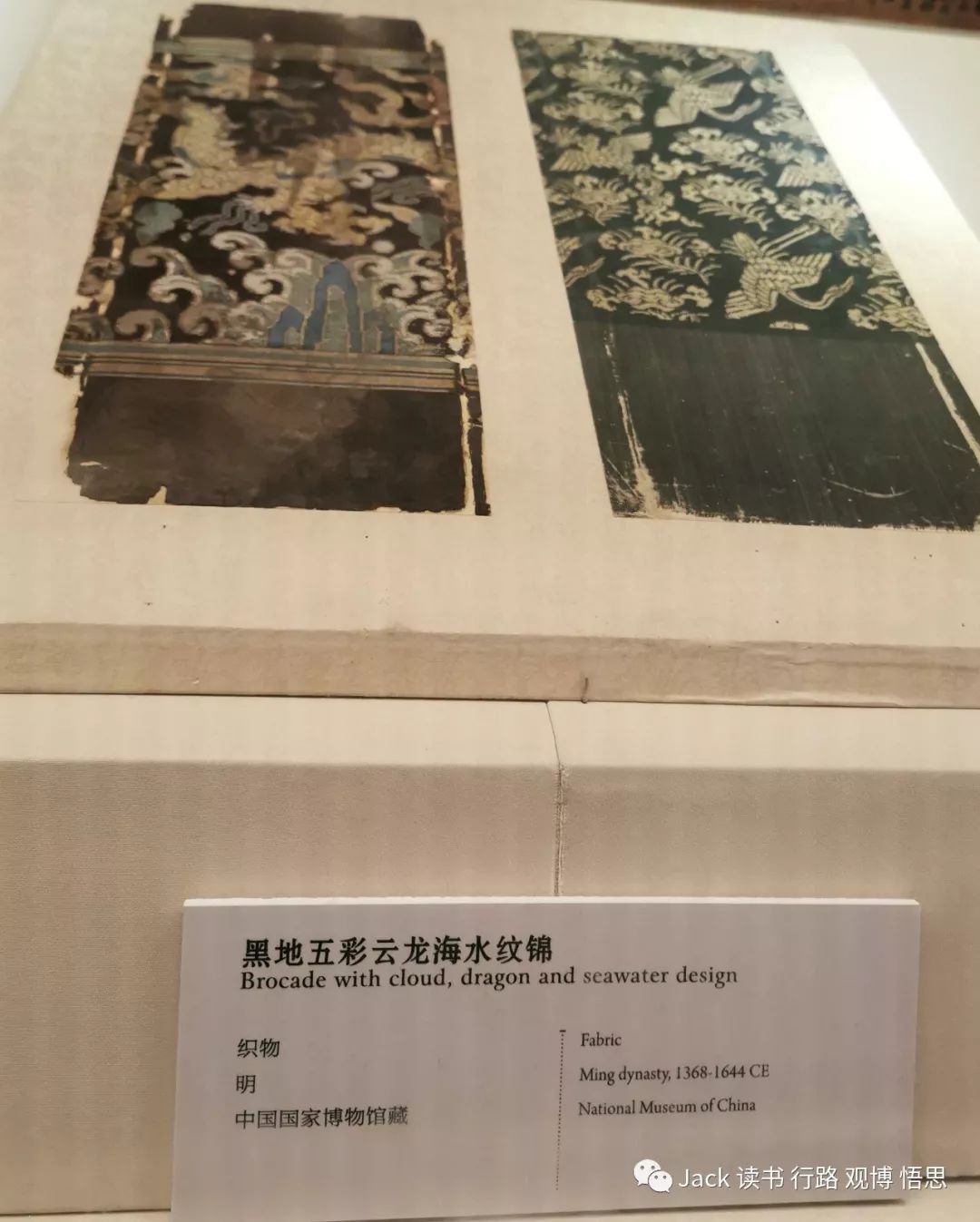
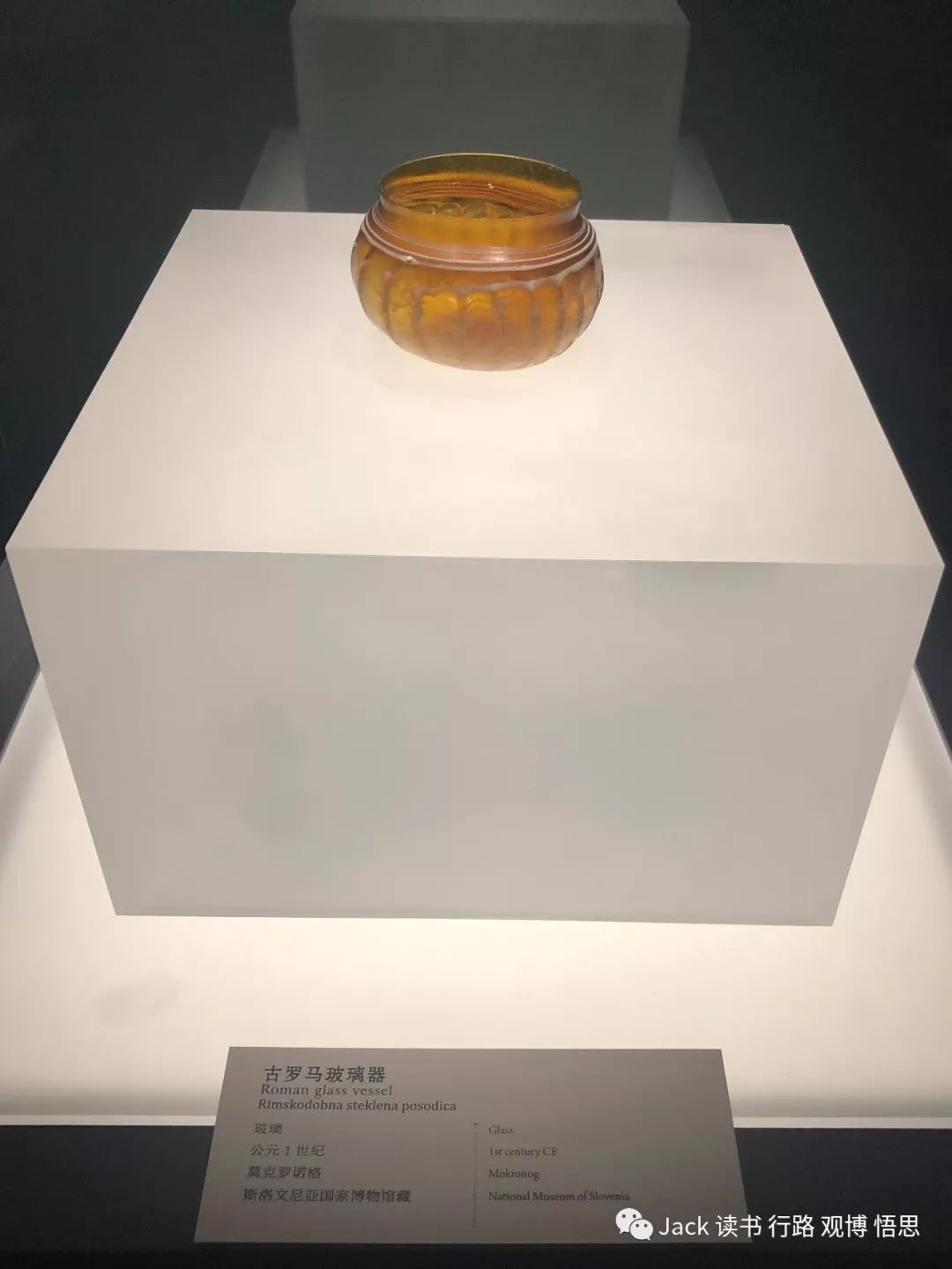
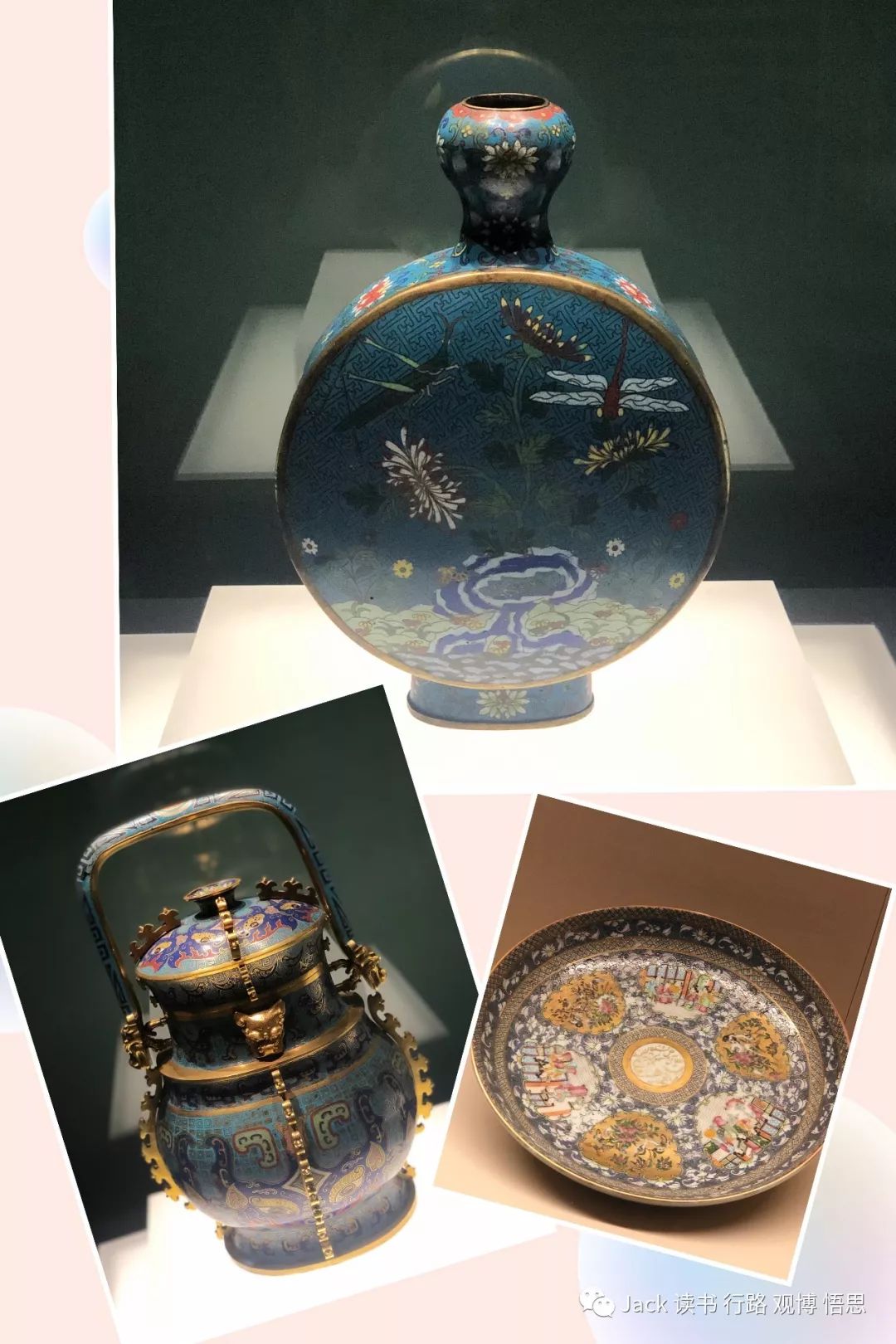
Chinese Porcelain
In this exhibition, 12 countries along the Silk Road exhibited some of their precious cultural relics. All of the distinctive countries try to reveal their shining cultures to the public. I can feel that cultures are diverse, but they are all equal to each other and tolerate each other. Sociologist Fei Xiaotong once remarked: “Every form of beauty has its uniqueness; precious is to appreciate other forms of beauty; if beauty represents itself with diversity and integrity, then the world will be blessed with harmony and unity.” One good example in this exhibition is a dead man clad in about 4000 gold pieces and gems. This man is believed to be a Scythian, one of the Indo-European groups. They were nomadic people and were especially proficient at making gold objects. From this gold man, we can also see what the Scythians thought about the world since there are many patterns showing beasts. But, just as the Scythians were good at metallurgy, so as the Chinese were good at silk-making. For another instance, there is a Roman glass vessel on display. This glass vessel can date back as far as the 1stcentury C.E. But, the Chinese porcelains are one of our national prides, just like the Romans possessed exquisite craftsmanship in creating glass. Every culture has its own characteristics. I am really amazed that there are so many cultures around the world and each one is so different.
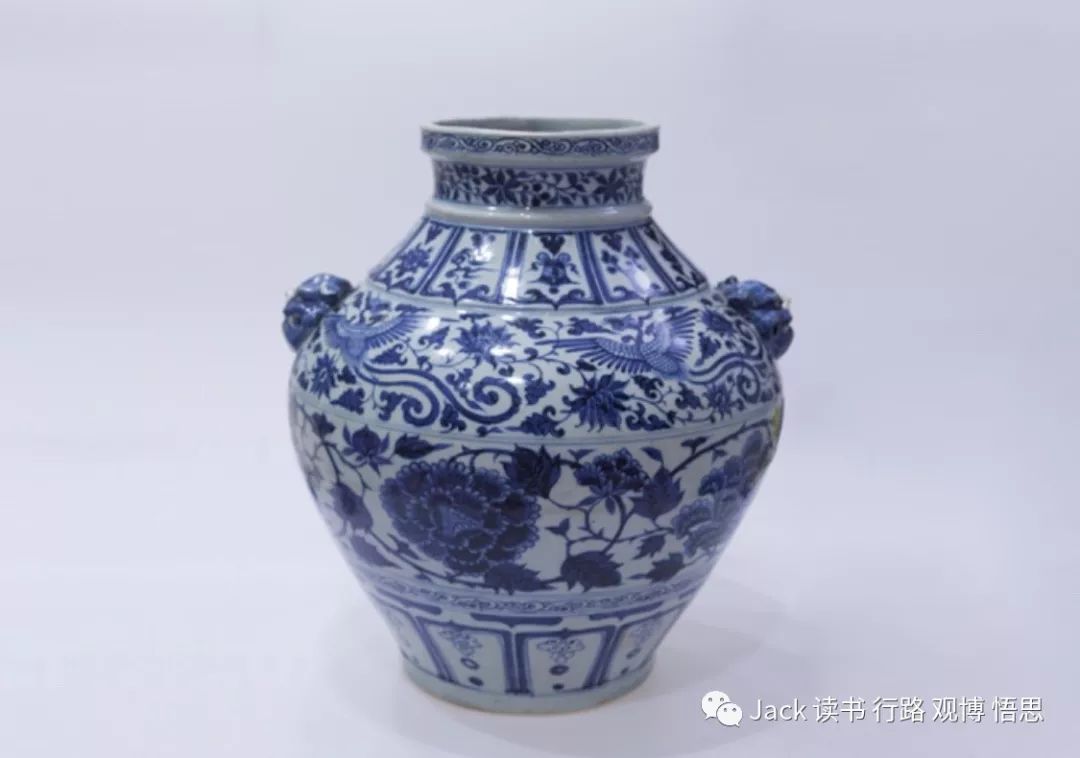
Blue and White Porcelain, Yuan Dynasty
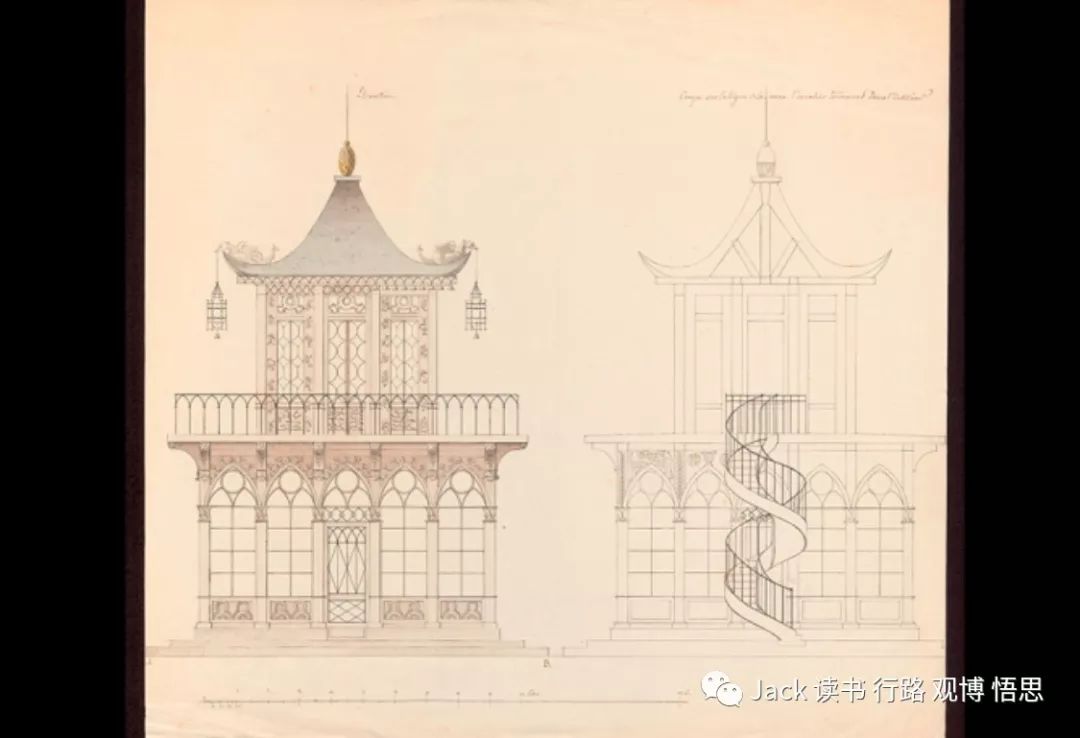
Moreover, civilizations should learn and communicate with each other. In this exhibition, there is a rare Blue and White Porcelain Jar from Yuan China excavated in the Sultanate of Oman. Experts think that this jar got to Oman through the maritime Silk Road. This porcelain has both Chinese and Islamic style patterns. For example, there are peony and Phoenix which symbolized wealth and rank in Chinese culture. However, the shapes and patterns are closely-knitted which Islamic art tends to do. Furthermore, there is a sketch of what a Poland architect designed---a pavilion with both Chinese and western styles. At a glance, you can recognize that this is what a Chinese pavilion looks like, with Chinese characters and the roof. There are also lanterns and mythical creatures in the design. However, if you look carefully, the ground floor is designed in western style. The pillars, the windows and probably the door all possess European decorations. From this I can feel the influence of Chinese culture on western cultures.
The Silk Road winded on and on, connecting many cultures, many groups, and many countries. We hope that the Silk Road winds on and on today and in the future, so our world can flourish together in a vast network of civilizations.
- 本文标签: 原创
- 本文链接: http://www.jack-utopia.cn//article/506
- 版权声明: 本文由Jack原创发布,转载请遵循《署名-非商业性使用-相同方式共享 4.0 国际 (CC BY-NC-SA 4.0)》许可协议授权
